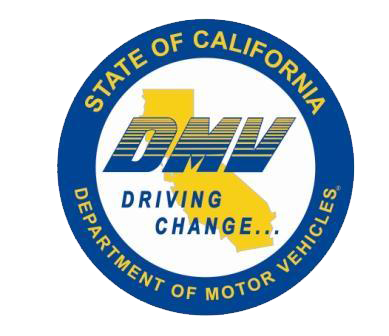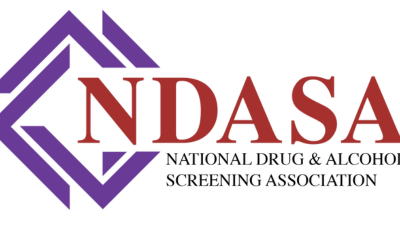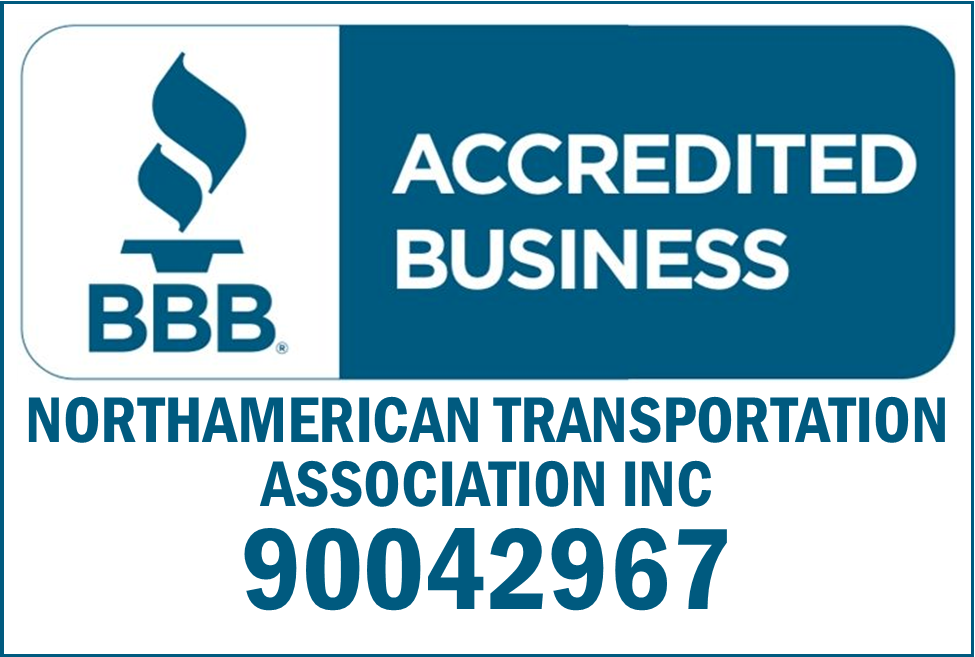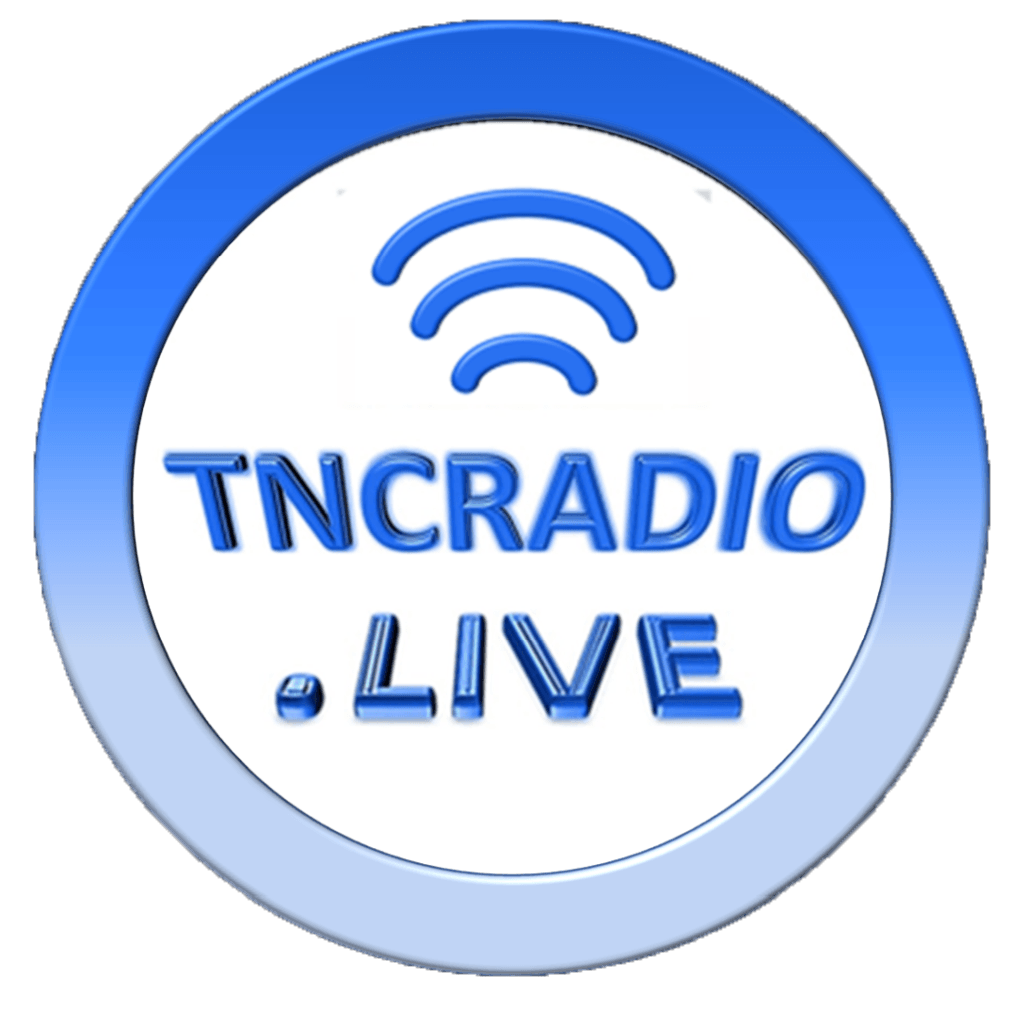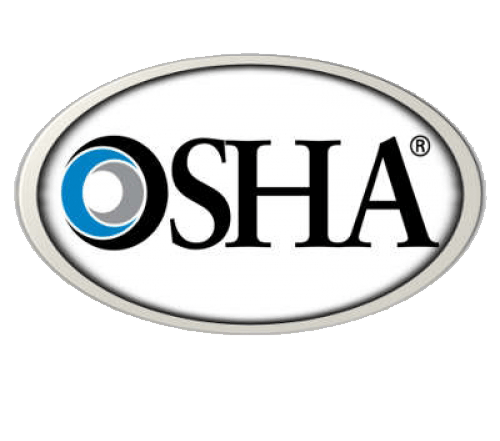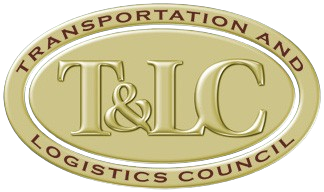Proposed Guidelines for Hair Drug Testing
So, besides a new President, what does the transportation industry have to look forward to. Hair testing has been many years in the making the following are the proposed guidelines.
On September 10, 2020, Substance Abuse and Mental Health Services Administration (SAMHSA), HHS (Health and Human Services Department) proposed scientific and technical guidelines for the inclusion of hair specimens in its Mandatory Guidelines for Federal Workplace Drug Testing Programs. This is an early step to authorize hair specimens for regulated drug testing of Federal agencies and contractors.
A few points to note:
- SAMHSA proposed to collect an alternate authorized drug testing specimen (urine or oral fluid) to be used when there is a positive hair drug test.
- The guidelines proposed a shorter (1”) 100 mg hair (head only) split specimen than the current industry standard of 1.5-inch, 100 mg, single-specimen collection.
- Proposed drug cutoffs, except for THCA (marijuana) confirmatory testing, are consistent with a majority of the workforce hair drug tests conducted in the US.
- The agency proposed requiring specimen validity testing (SVT).
- The proposed guidelines seek to use transparent specimen guides and containers for hair collections (in lieu of the current foil and paper envelopes).
SAMHSA accepted comments through November 9, 2020
These are only proposed Guidelines and hair testing is not approved for any Federally mandated drug (eg, US Department of Transportation or DOT) testing.
Benefits of hair drug testing
Hair testing, like all drug testing methodologies, helps to mitigate risk, discourage drug use on the job, and increase workplace safety. Many employers like the longer drug detection window offered by hair testing, especially for pre-employment and random screenings. Hair testing earned its name as a “lifestyle test” providing up to 90-day history of repetitive drug use. Additionally, an observed hair collection helps to reduce the likelihood of cheating or tampering by a donor.
What you need to know about hair drug testing
Hair testing provides up to a 90-day detection window for repetitive drug use patterns, helping to identify habitual and periodic drug use. It acts as a powerful deterrent to drug abuse, and often yields higher positivity rates when compared to urine or oral fluid testing.
What drugs are tested in a hair test?
Quest Diagnostics tests for amphetamines (amphetamine, methamphetamine, MDMA and MDA), cocaine, marijuana, opiates, oxycodones, and PCP.
When should employers choose a hair drug test?
A hair test is an excellent option for pre-employment and random testing programs. Because hair testing detects a pattern of repetitive drug use over a longer period, usually up to 90 days, it is not well-suited for situations when a drug test result is needed as close as possible to the time an incident occurs.
How is a hair drug test collected?
A trained collector cuts approximately 100-120 strands of hair from the crown of the donor’s head. The hair is cut as close to the scalp as possible, so only the strands of hair above the scalp are tested and not the actual hair follicle.
How much hair is cut in a hair drug test?
A Quest drug screen usually requires a cosmetically undetectable lock of hair, preferably snipped from the back of the head, just below the crown. In general, the amount needed equates to a single row of hairs approximately one (1) centimeter wide.
Can products and treatments affect a hair drug test result?
We asked Dr. Barry Sample, Senior Director of Science and Technology, Quest Diagnostics, to better explain the potential effects of products and treatments to a hair drug test. He explained:
- When shampoos, sprays or gels were applied to cut hair samples, they had little or no effect on positive or negative hair specimens.
- When normal hair treatments, including bleaching or dyeing, were applied to cut hair samples, they typically did not interfere with test results.
- When tested under worst-case scenario conditions, most treatments had minimal or no impact on test results for the majority of drugs. When there was an effect, screening absorbance readings became more negative for positive hair specimens, and slightly more negative for the negative samples.
Can you cheat a hair drug test?
Hair testing collections are observed, meaning a collection can only be performed at a collection site, and performed by a collector, therefore reducing the likelihood of tampering or adulteration by a donor.
Is there a difference between hair drug testing and hair follicle drug testing?
Yes, calling a hair drug test a hair follicle drug test is a common misnomer, according to Jarod Rowland, a scientific expert in our Lenexa, Kansas hair drug testing laboratory. The hair follicle is the pocket, below the scalp, from which the hair strand grows. During a hair drug test collection, the hair is cut as close to the scalp as possible, only the hair above the scalp is tested, not the follicle. True hair follicle testing requires the hair be “plucked” rather than cut which can lead to extreme donor discomfort.
Hair testing now includes more specific testing for oxycodones
The opioid epidemic continues to be a public health emergency. Data from the Centers for Disease Control and Prevention (CDC) paint a stark picture stating that 68% of the 70,000+ drug overdose deaths in 2017 involved prescription opioids and heroin. Additionally, the number of drug overdose deaths involving opioids was 6 times higher in 2017 than in 1999. People use opioids as prescribed by their physicians, but a significant number of people continue to abuse these drugs. Misuse inevitably spills into the workplace.
More workers testing positive in drug screens
According to data from the 2018 Quest Diagnostics® Drug Testing Index™, more workplace drug tests are coming up positive. Increased positivity, coupled with the opioid crisis has many employers concerned about hiring drug-free, qualified workers, workplace safety, and deterring drug use at work. Drug-free workplace programs that include a diverse drug testing regimen can help to achieve these goals. More specifically, when multiple test types are implemented, employers can more effectively detect short-term and long-term drug use.
Hair testing and opioids
For employers concerned about the long-term drug use history of a current employee or job candidate, hair drug testing may offer the best solution for their pre-employment or random testing programs. Hair testing is the only testing method available that provides up to a 90-day drug use history. When compared with urine drug testing, hair testing provides nearly twice the number of positives due to its longer detection window.
Recent enhancements to our hair testing panels now allow for more specific testing for opiate-like or opioid drug such as oxycodone and its metabolites. This refined testing yields greater sensitivity and may result in more positive test results.
Read our frequently asked questions or talk to a Quest representative about the importance of testing for opiates such as oxycodone, oxymorphone, hydrocodone, hydromorphone, 6-AM (heroin), codeine, and morphine in hair.
Content Disclaimer: Due to the constantly changing nature of government regulations, it is impossible to guarantee the total and absolute accuracy of the material contained herein or presented. NorthAmerican Transportation Association (NTA) cannot and does not assume any responsibility for omissions, errors, misprinting or ambiguity contained. NTA shall not be held liable in any degree for any loss, damage or injury caused by any such omission, error, misprinting or ambiguity present. It is made available with the understanding that NTA is not engaged in rendering legal, accounting or other professional service. If legal advice or other expert service is required, the services of such a professional should be sought.



